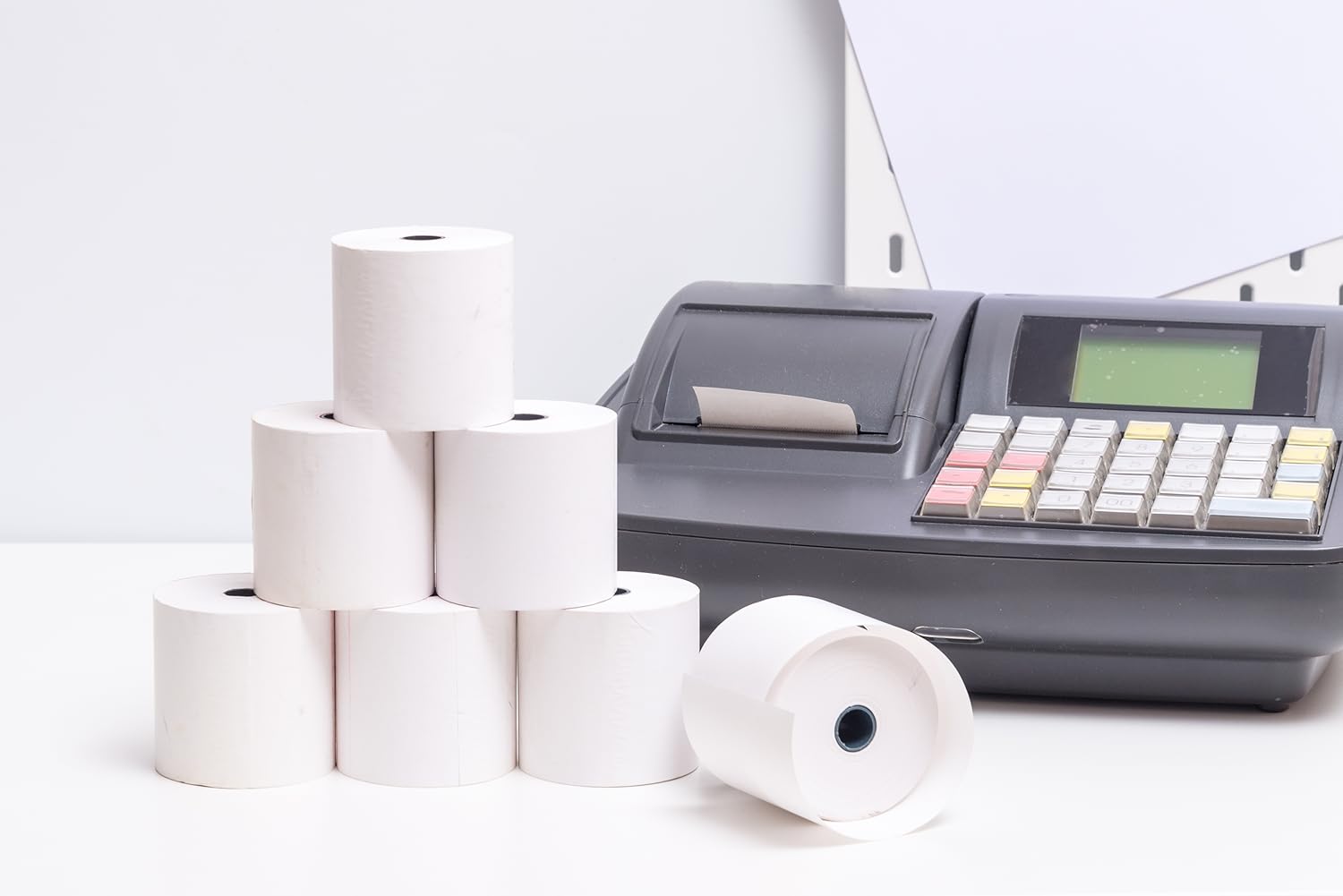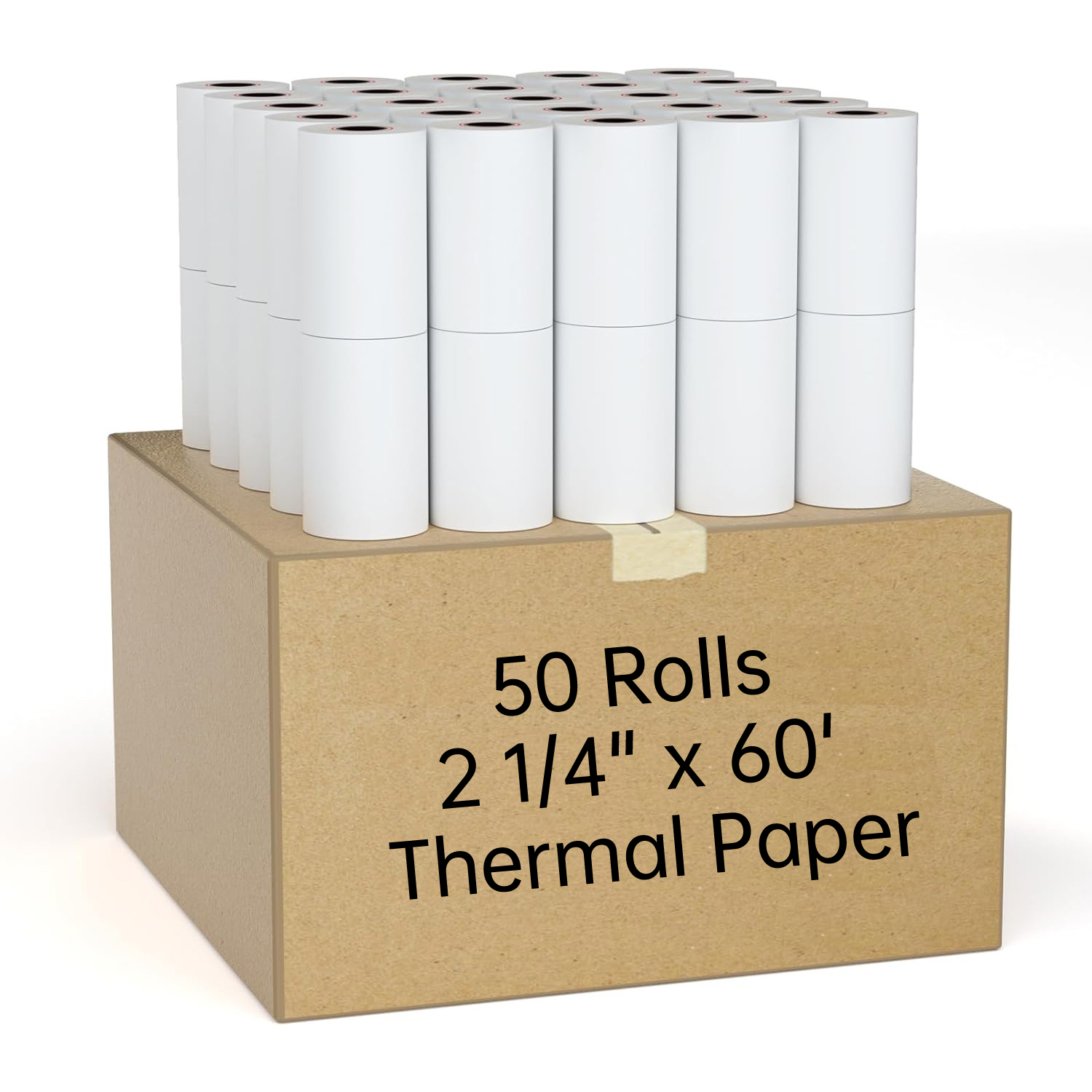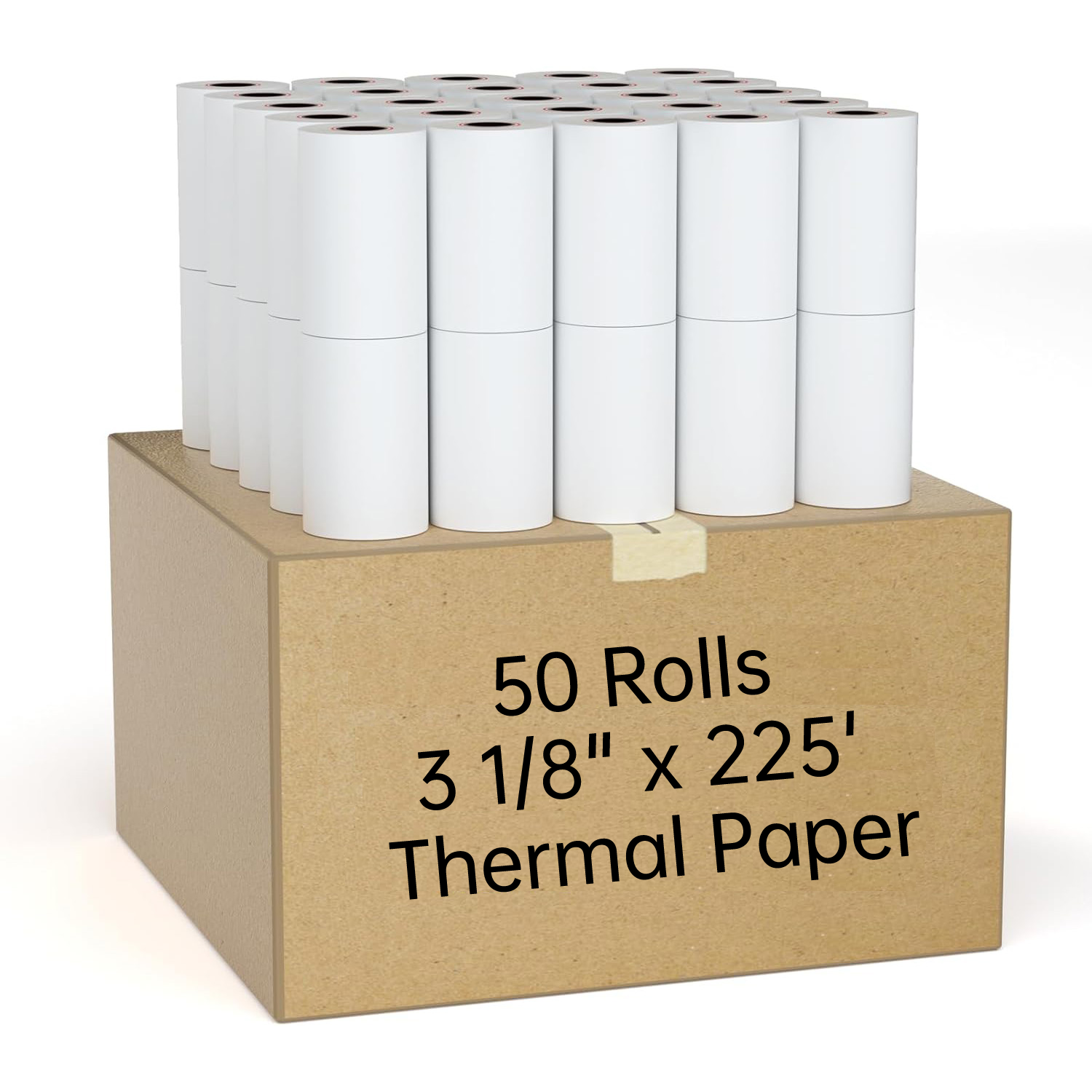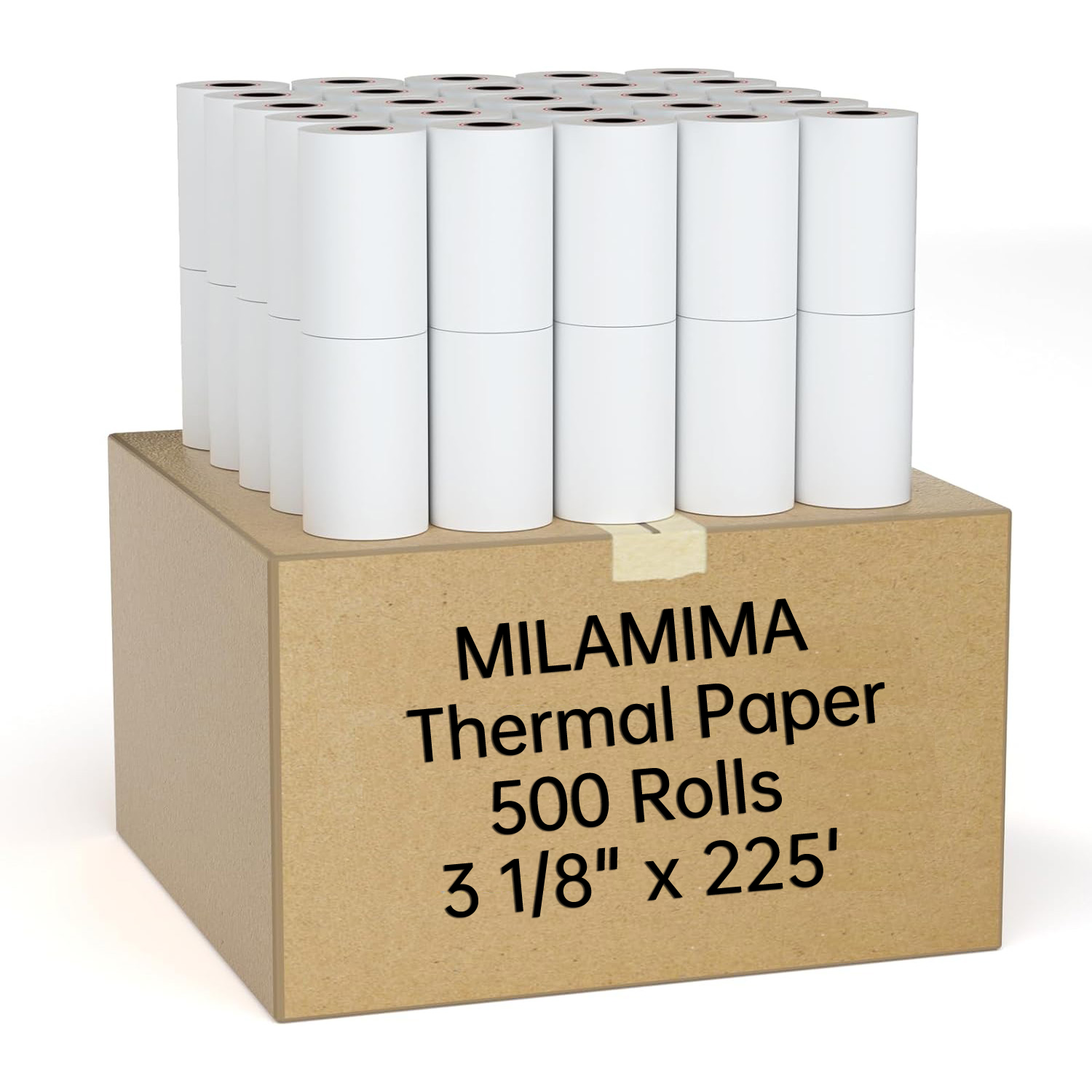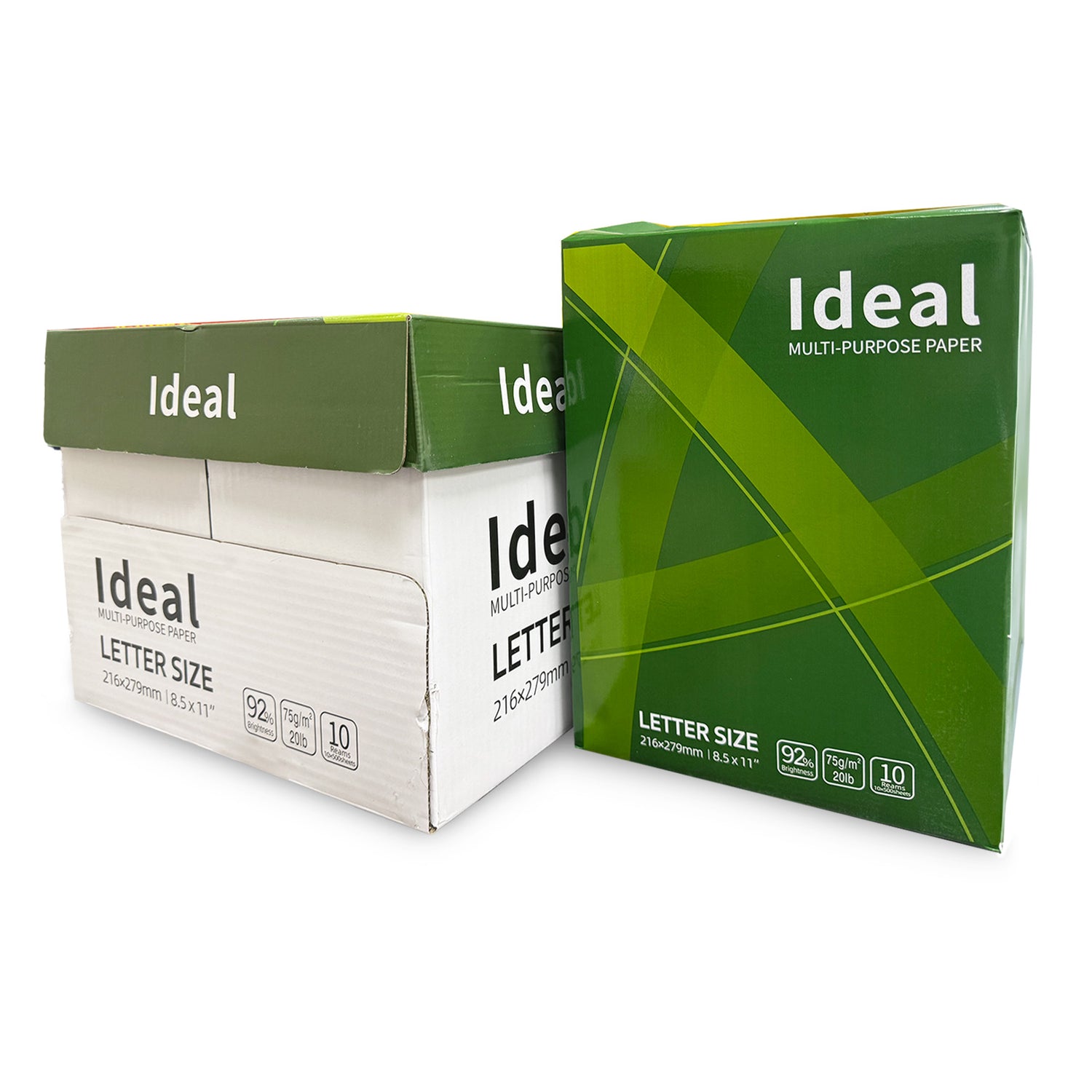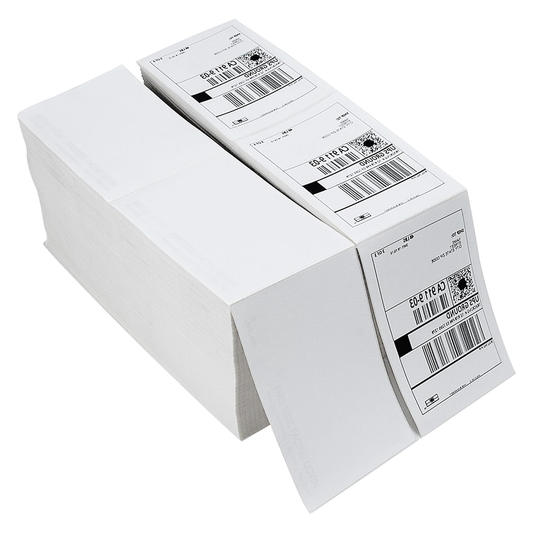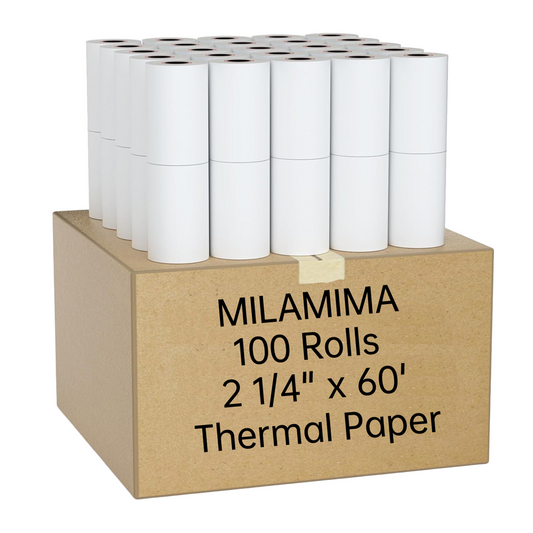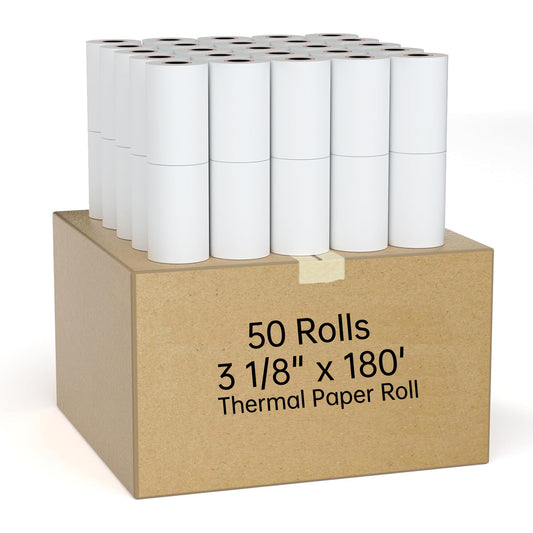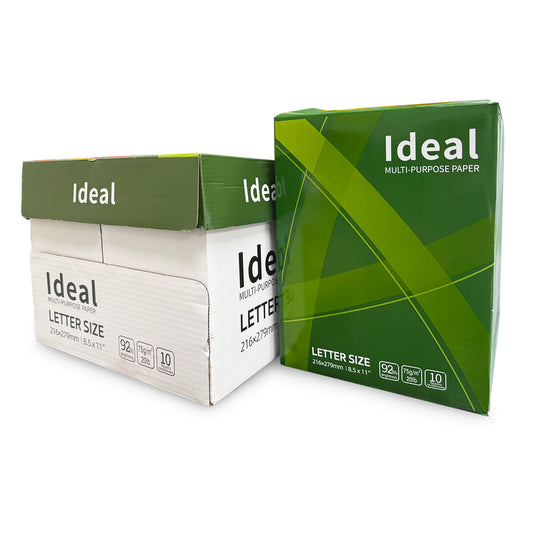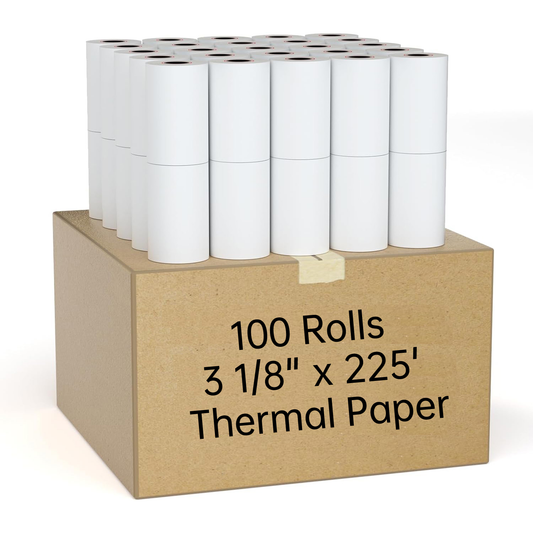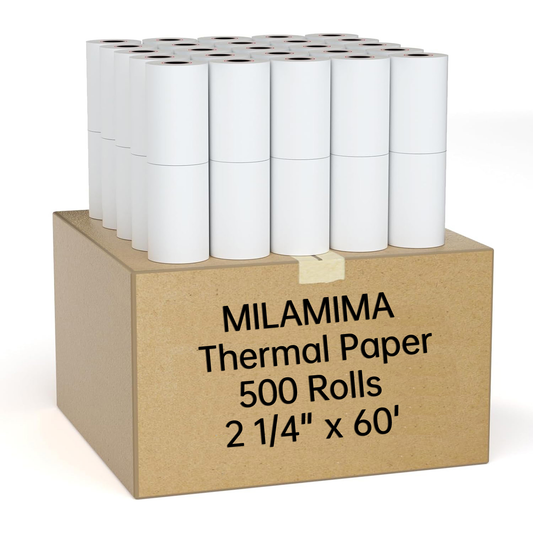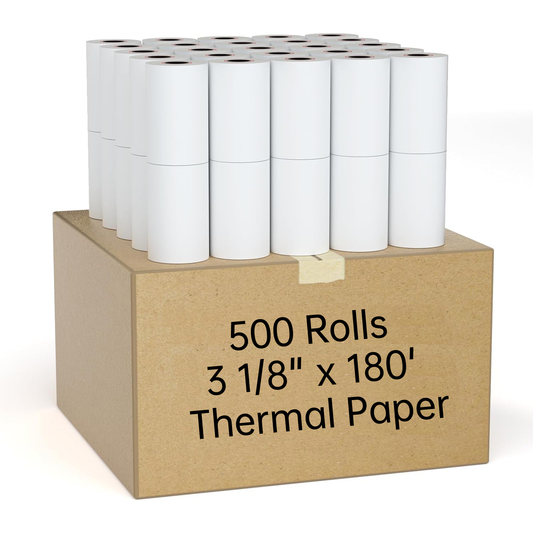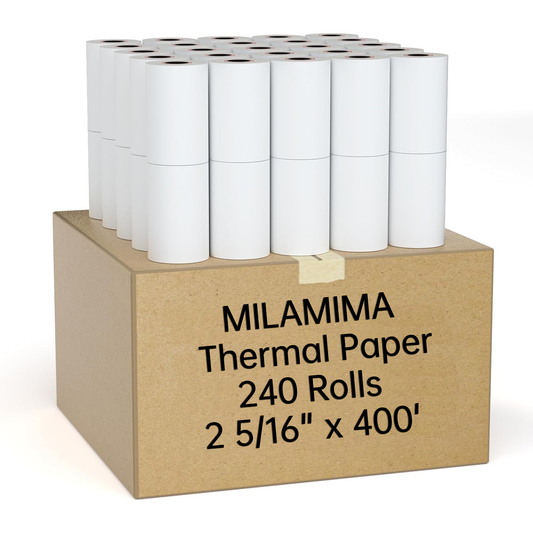Binoculars are more than just a pair of lenses—they are essential tools that enhance your outdoor experiences, whether you're bird-watching, stargazing, or attending a concert. With so many options available, finding the right binoculars for your needs can be overwhelming. To help you make an informed decision, we've created a comprehensive guide on how to choose the perfect binoculars.
- Understand Binocular Magnification and Lens Size
When selecting binoculars, you'll encounter two key numbers: magnification and lens diameter. For example, a pair of binoculars might be described as 10x50. Here's what these numbers mean:
- Magnification (e.g., 10x): This number indicates how many times closer the image will appear. For general use, binoculars with 7x to 10x magnification offer a good balance between image detail and field of view. Higher magnifications, like 12x, are better for long-range activities such as hunting, but they can make images dimmer and more challenging to focus.
- Lens Diameter (e.g., 50mm): The diameter of the front lenses impacts how much light the binoculars can gather. Larger lenses (50mm or more) are ideal for low-light conditions and detailed views, such as bird-watching or stargazing. However, they also add weight to the binoculars.
- Consider Your Specific Activity
Different outdoor activities require different features:
- Bird-Watching: Opt for binoculars with larger lenses and lower magnification for a wider field of view. A pair with 8x42 or 10x42 magnification will help you spot and follow birds more easily.
- Stargazing: For clear night sky views, choose binoculars with large objective lenses (70mm or more) and lower magnification. This combination helps you see faint celestial objects like nebulae and galaxies.
- Hiking or Traveling: Lightweight binoculars with moderate magnification (7x to 10x) are ideal for portability and ease of use on the go.
- Evaluate Binocular Construction
- Lens Quality: Glass lenses generally offer better image clarity than plastic lenses. Look for binoculars with fully multi-coated lenses for enhanced light transmission and image sharpness.
- Prism Design: Binoculars use prisms to correct image orientation. Porro prisms provide a wider field of view and better 3D effects but are bulkier. Roof prisms make binoculars more compact but can be more expensive. Choose BAK-4 prisms for superior image quality.
- Durability: For rugged outdoor use, consider binoculars with plastic lenses or waterproof and fog-proof features. Waterproof binoculars are essential for activities in wet or humid conditions.
- Comfort and Usability
- Eye Relief: Ensure the binoculars offer sufficient eye relief, especially if you wear glasses. Look for an eye relief of 14-15mm or more to accommodate glasses comfortably.
- Focusing Mechanism: Test the focusing function to ensure it's smooth and easy to adjust. Some binoculars feature a center-focus mechanism, while others have individual focusing for each eyepiece.
- Budget and Brand
- Budget: Set a budget based on your intended use. While high-end binoculars offer superior image quality and durability, there are plenty of affordable options that provide excellent performance for casual use.
- Brand Reputation: Research brands and check their warranties. Established brands with positive reviews are more likely to offer reliable products and customer support.
Final Thoughts
Choosing the right binoculars can greatly enhance your outdoor experiences, from bird-watching to stargazing. By understanding magnification, lens size, and specific features suited to your activity, you can find a pair that meets your needs and budget.
Ready to find your perfect pair? Explore our collection of SkyGenius binoculars at Milamima to get started on your next adventure!

